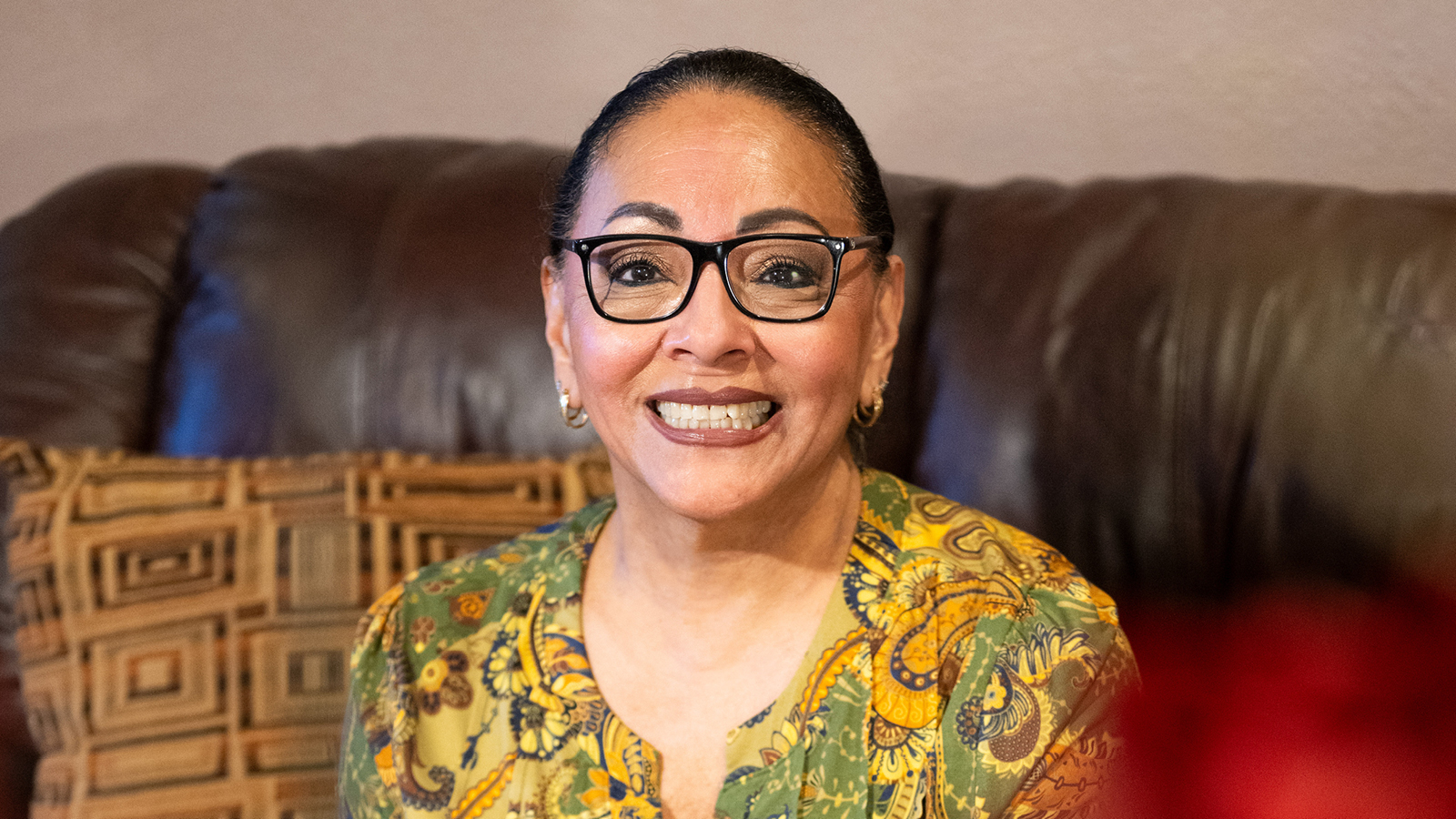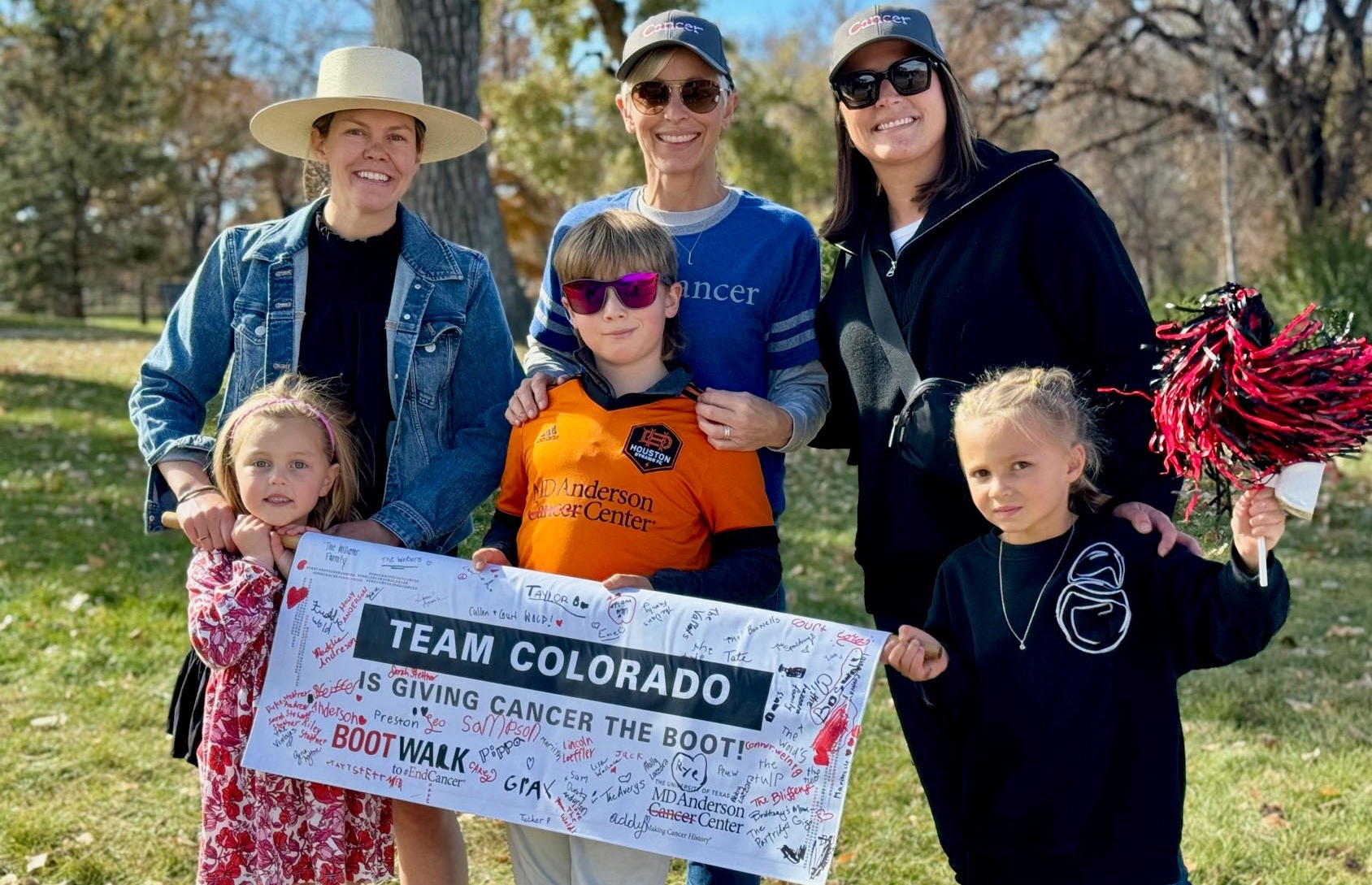- Diseases
- Acoustic Neuroma (14)
- Adrenal Gland Tumor (24)
- Anal Cancer (66)
- Anemia (2)
- Appendix Cancer (16)
- Bile Duct Cancer (28)
- Bladder Cancer (68)
- Brain Metastases (28)
- Brain Tumor (228)
- Breast Cancer (710)
- Breast Implant-Associated Anaplastic Large Cell Lymphoma (2)
- Cancer of Unknown Primary (4)
- Carcinoid Tumor (8)
- Cervical Cancer (154)
- Colon Cancer (164)
- Colorectal Cancer (110)
- Endocrine Tumor (4)
- Esophageal Cancer (42)
- Eye Cancer (36)
- Fallopian Tube Cancer (6)
- Germ Cell Tumor (4)
- Gestational Trophoblastic Disease (2)
- Head and Neck Cancer (4)
- Kidney Cancer (124)
- Leukemia (344)
- Liver Cancer (50)
- Lung Cancer (288)
- Lymphoma (284)
- Mesothelioma (14)
- Metastasis (30)
- Multiple Myeloma (98)
- Myelodysplastic Syndrome (60)
- Myeloproliferative Neoplasm (4)
- Neuroendocrine Tumors (16)
- Oral Cancer (98)
- Ovarian Cancer (172)
- Pancreatic Cancer (166)
- Parathyroid Disease (2)
- Penile Cancer (14)
- Pituitary Tumor (6)
- Prostate Cancer (144)
- Rectal Cancer (58)
- Renal Medullary Carcinoma (6)
- Salivary Gland Cancer (14)
- Sarcoma (234)
- Skin Cancer (294)
- Skull Base Tumors (54)
- Spinal Tumor (12)
- Stomach Cancer (60)
- Testicular Cancer (28)
- Throat Cancer (90)
- Thymoma (6)
- Thyroid Cancer (98)
- Tonsil Cancer (30)
- Uterine Cancer (78)
- Vaginal Cancer (14)
- Vulvar Cancer (18)
- Cancer Topic
- Adolescent and Young Adult Cancer Issues (20)
- Advance Care Planning (10)
- Biostatistics (2)
- Blood Donation (18)
- Bone Health (8)
- COVID-19 (362)
- Cancer Recurrence (120)
- Childhood Cancer Issues (120)
- Clinical Trials (620)
- Complementary Integrative Medicine (22)
- Cytogenetics (2)
- DNA Methylation (4)
- Diagnosis (224)
- Epigenetics (6)
- Fertility (62)
- Follow-up Guidelines (2)
- Health Disparities (14)
- Hereditary Cancer Syndromes (122)
- Immunology (18)
- Li-Fraumeni Syndrome (8)
- Mental Health (116)
- Molecular Diagnostics (8)
- Pain Management (64)
- Palliative Care (8)
- Pathology (10)
- Physical Therapy (18)
- Pregnancy (18)
- Prevention (880)
- Research (384)
- Second Opinion (74)
- Sexuality (16)
- Side Effects (596)
- Sleep Disorders (10)
- Stem Cell Transplantation Cellular Therapy (216)
- Support (404)
- Survivorship (324)
- Symptoms (182)
- Treatment (1762)
Ependymoma patient no longer takes anything for granted
BY MD Anderson
3 minute read | Published February 15, 2013
Medically Reviewed | Last reviewed by an MD Anderson Cancer Center medical professional on February 15, 2013
As far back as high school, Kendal Mills had numbness and tingling in his shoulder and arm. He was a baseball pitcher, and doctors ordered tests, which revealed nothing concerning, so they said it was a pinched nerve.
He had a serious motorcycle accident in 2003, during which his helmet cracked and fell off his head.
A few years later, on the job at an oil refinery, he stood up quickly, smacked his head on a pipe and cracked his hard hat.
Seizures persisted
Several months later, he began having seizures and had a CT scan.
The neurologist determined he had a bruise on his brain in the right cerebral hemisphere, which he said was likely caused by the motorcycle accident.
He said the seizures would lessen over time. But they didn't, so Kendal saw a different neurologist, who prescribed an anti-seizure medication.
The medication seemed to help, though Kendal still had seizures. It wasn't until spring 2012, when Kendal became paralyzed, that doctors discovered the cause.
Discovering "a tumor the size of a walnut" Kendal had been away from home for 10 weeks on a job as a pipeline inspector in rural Wisconsin, a 14-hour drive away from home in Beggs, Oklahoma. The seizures had been getting worse.
When the job ended, he was anxious to get home and decided to make the trip in one straight shot. On the way, he drove through a tornado system in Missouri that turned his truck sideways.
After he got home, he lay down on the bed to talk with his wife, Sarah. Within 15 minutes his chest was hurting, and the burning and tingling in the arm had worsened.
Then Sarah noticed his face drooping and Kendal realized his left side was paralyzed. Sarah immediately drove Kendall to the hospital.
Doctors thought he might be having an aneurysm or be suffering from effects of pressure changes from the tornado.
The hospital neurosurgeon looked at the scans - the new one and the one taken previously - and sent Kendal to the ICU. He said Kendal had a mass in his brain -- not a bruise -- and it needed to be removed immediately.
Kendal had brain surgery on March 5 and the neurosurgeon removed the tumor. It had more than doubled in size since the previous CT scan.
Finding support after an ependymoma diagnosis
The neurosurgeon suggested Kendal and Sarah go to a hospital that specialized in treating brain tumors, so they traveled to Houston to see Mark Gilbert, M.D., a neuro-oncologist at MD Anderson.
There, they learned that the cancer was a stage 3 anaplastic ependymoma, a rare type of brain tumor that typically affects children.
Dr. Gilbert told Sarah and Kendal about the CERN Foundation, an ependymoma research and support network. Sarah found reading people's stories through the CERN Foundation website gave her a better understanding of what to expect.
Determined to fight
Sarah has been impressed with Kendal's determination to get better. After the surgery, he was in a wheelchair, but bent on getting back to the life he loved. He pushed himself hard, and soon was able to get around with a walker, and then a cane, and eventually unassisted, far ahead of schedule.
He still has numbness and tingling on the left side of his body, likely damage from the tumor pressing on a nerve for so long. But he was back at work a month after the surgery.
Kendal has stepped away from management at work, allowing him to cut back on work travel and to spend as much precious time as possible enjoying his family and chasing his kids around.
His experience changed the way he looks at things. He no longer takes anything for granted.
The CERN Foundation will commemorate the second annual Ependymoma Awareness Day on April 18, 2013.
Related Cancerwise Stories






